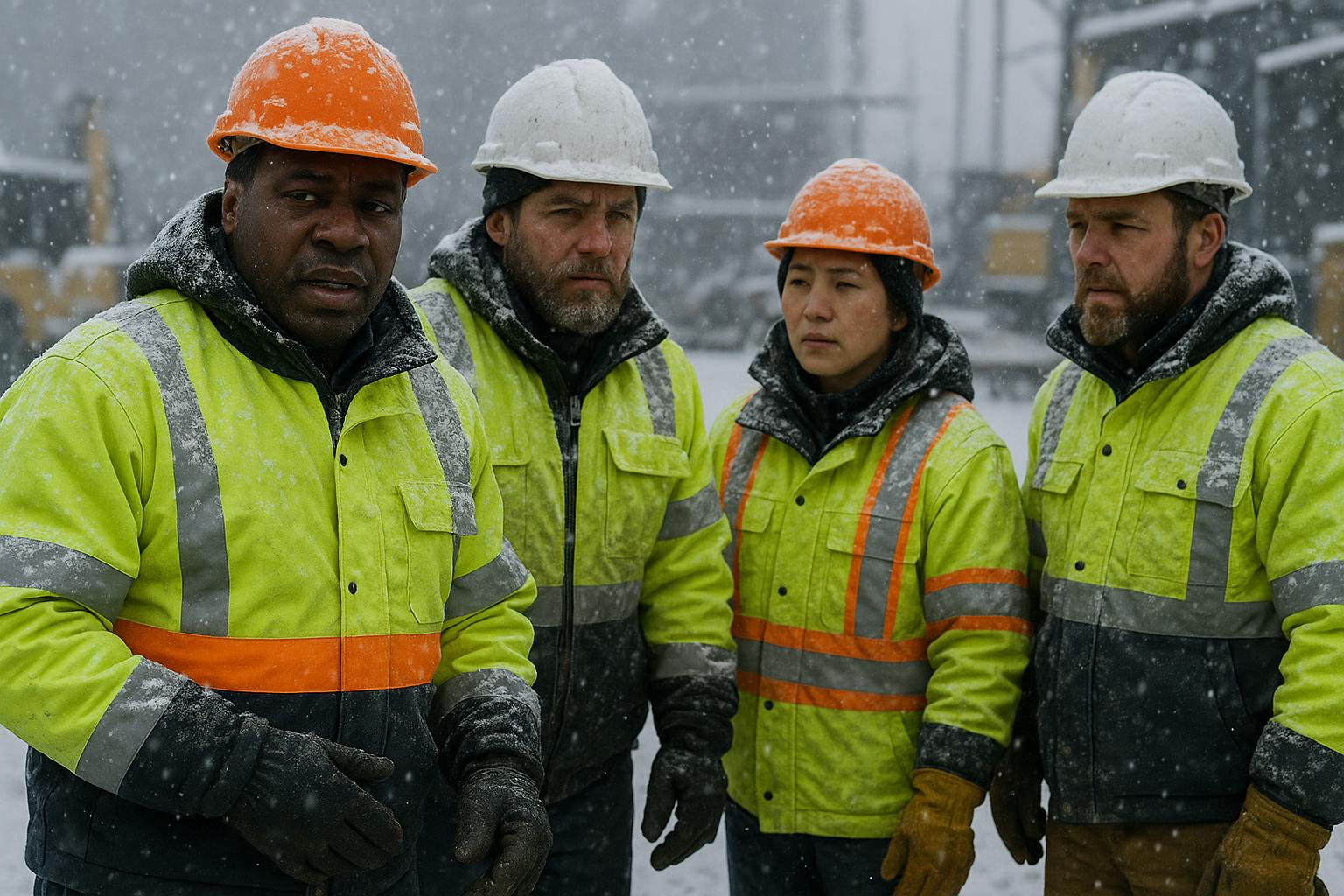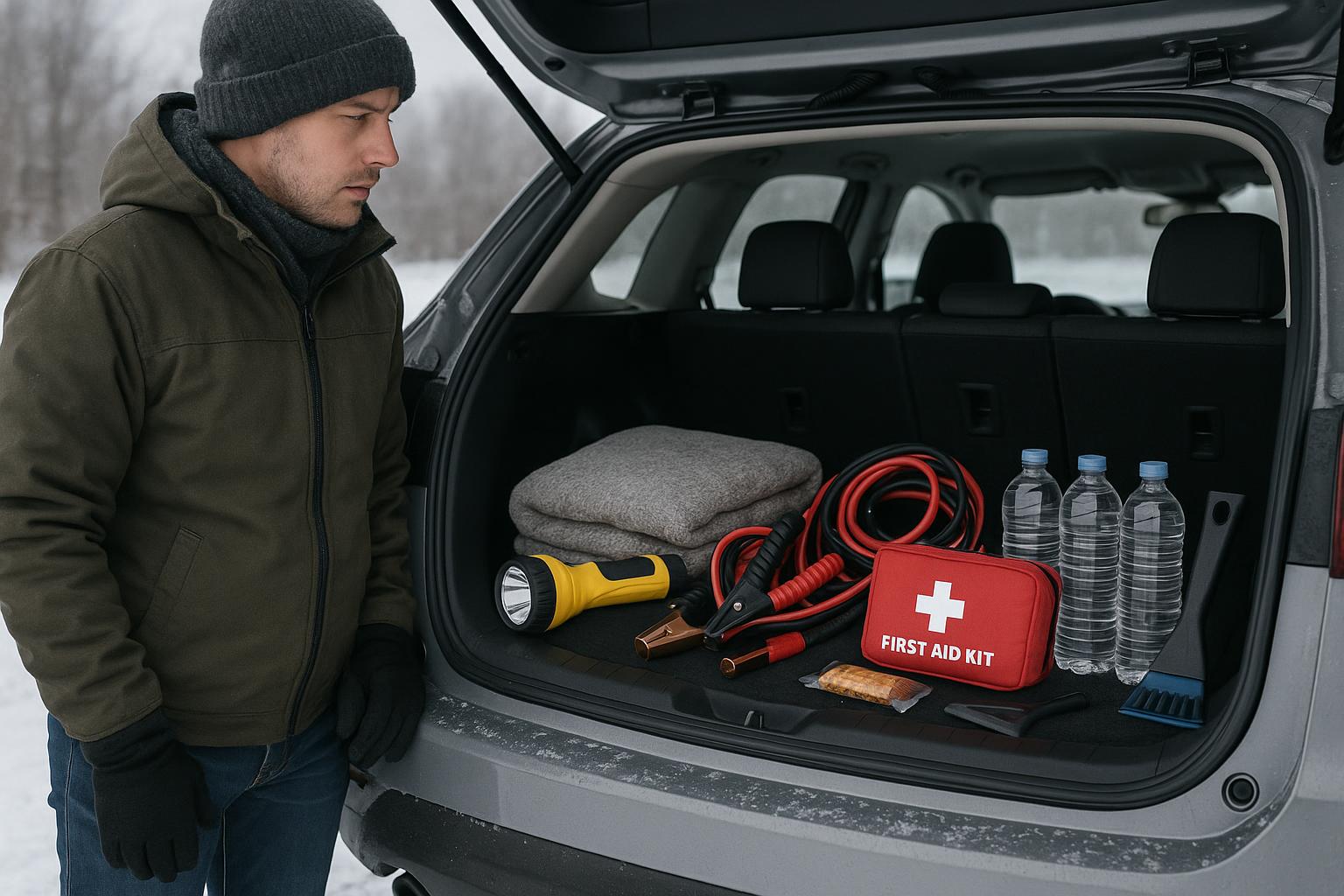In the world of workplace safety, fall protection stands as one of the most critical areas of focus. Every year, countless injuries and fatalities occur due to falls, particularly in industries such as construction, manufacturing, and maintenance. Preventing these incidents requires not only proper equipment but also thorough, ongoing training. Mastering fall protection through comprehensive training programs is key to reducing risk and ensuring workers remain safe on the job.
Why Fall Protection Training Matters
The Occupational Safety and Health Administration (OSHA) cites falls as a leading cause of workplace fatalities, making fall protection training mandatory in high-risk environments. The dangers of working at heights are not limited to a lack of physical safeguards; inadequate knowledge of safety protocols can lead to serious accidents. Training workers in the correct use of personal fall arrest systems, hazard recognition, and proper equipment handling significantly reduces the potential for dangerous missteps.
Understanding the Core Components of Fall Protection
Effective fall protection training covers a wide range of critical topics designed to prepare employees for real-world situations. Workers must not only learn how to correctly use fall protection equipment, such as harnesses, lanyards, and anchor points, but they must also understand when and where these tools are necessary. Furthermore, education on identifying potential hazards and assessing risks before beginning work is vital for maintaining safety in dynamic and often unpredictable environments.
Equally important is training employees to conduct regular equipment inspections. Fall protection gear is subjected to wear and tear, and ensuring it remains in top condition is essential to its effectiveness. Workers must be equipped with the knowledge to recognize faulty or damaged equipment, which can mean the difference between safety and catastrophe.
Creating a Culture of Safety
Mastering fall protection goes beyond simply learning the basics. It requires a shift in workplace culture—an environment where safety is prioritized, and employees feel empowered to take an active role in their well-being. Encouraging regular communication between management and employees about safety concerns can strengthen this culture. Training programs should not only provide technical know-how but should also promote a mindset that places safety at the forefront of every task, particularly when working at heights.
Fall protection training should be a continuous effort. Regular refresher courses and on-site safety evaluations ensure that employees remain vigilant and up to date with best practices. By making training an ongoing process, businesses can maintain a strong safety record and demonstrate their commitment to the well-being of their workforce.
Preparing for Emergencies
Even with the best fall protection measures in place, accidents can still happen. A vital part of any training program is preparing workers for emergency scenarios. This includes rescue operations and quick-response procedures in the event of a fall. Proper training in emergency protocols ensures that workers can act swiftly and efficiently when time is of the essence. Knowing how to handle an emergency not only mitigates risk but also fosters confidence in the field, allowing workers to perform their duties with greater assurance.
Conclusion: Making Fall Protection Training a Priority
Mastering fall protection is essential for any organization that places employee safety at the top of its agenda. With the right training, workers can confidently navigate the risks of working at heights, equipped with the knowledge and skills necessary to protect themselves and others. Fall protection training is more than a regulatory requirement—it’s a life-saving investment that builds a culture of safety, reduces the likelihood of accidents, and ensures everyone goes home safe at the end of the day.



